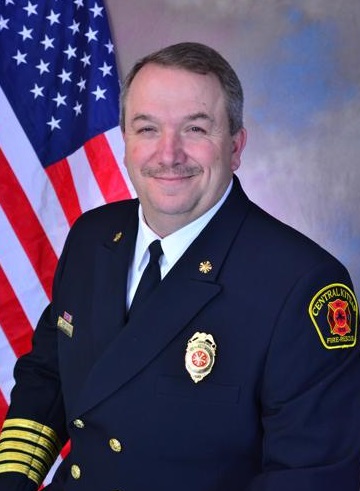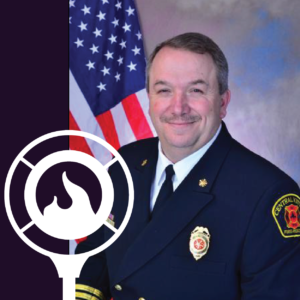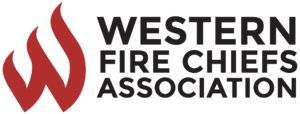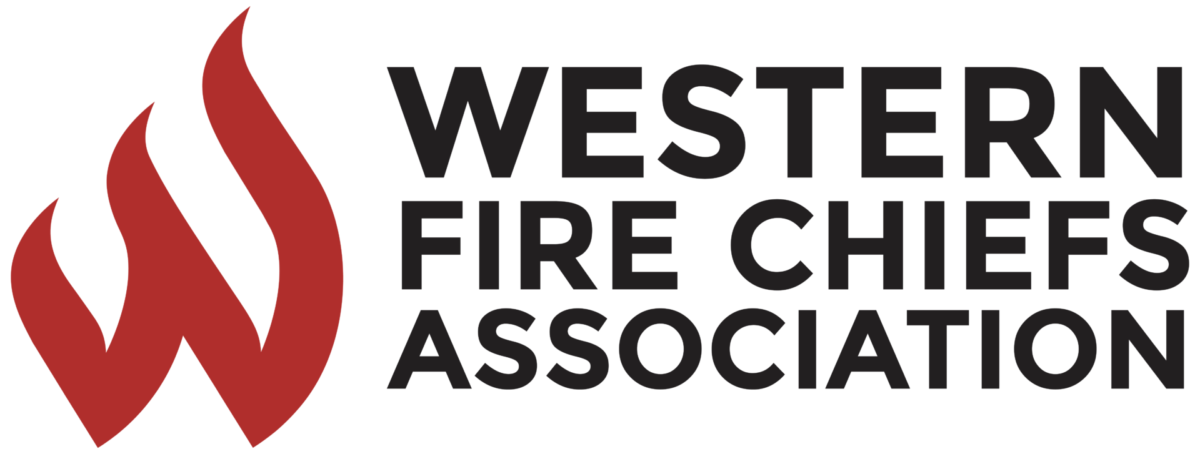E13: Bond Measure Implementation w/ John Oliver (Part II)
December 20, 2021

So your agency passed a bond measure, now what happens? In this follow-up episode, Central Kitsap Fire & Rescue Chief John Oliver goes into detail about what an agency needs to consider after the voters accept a bond. Regardless of your agency’s size, Chief Oliver has tips to help you improve your chances of success, and provides ideas so you can get that money working for your agency after the bond passes.
No time to listen to the whole episode? View our show notes below:
E13 Show Notes

Chief John Oliver
[email protected]
https://www.ckfr.org/
Chief Oliver’s fire service career began in 1985, and he spent 31 years in Oregon’s fire service before retiring from Clackamas Fire District #1 in 2015 to begin his second career in Washington. He possesses an Associate’s Degree in Fire Science, a Bachelor’s Degree in Fire Administration and is also an active member of civic organizations including the Rotary Club of Silverdale. Guided by his personal vision statement of “Pride is the path to excellence,” John embraces challenges and finds human capital to be an untapped and unlimited resource in today’s fire service.
Excerpts:
The Significance of Bonds for Special Districts
“Special Districts […] rely on property tax, and the majority of our property tax goes to the day-to-day operations of the fire and rescue agency, and when you have major capital purchases like fire apparatus and fire stations, often we go to the voters and ask for the voters to support the bond indebtedness.” [1:57]
Bond Structure & Process
“What we chose was level levy debt, [and] we promised our citizens that it would cost $0.32 for every $1000 of AV. That helped us message our needs, and it helped the citizens go ‘OK, this is what you’re going to get and this is what it will cost us for 20 years.’ […] You want to [be able to] say ‘this is what it is going to cost, no more, no less.’” [2:51]
“The broker-dealer does not have an actual fiduciary responsibility to get you the best rate and structure the debt the best [way], and municipal advisers actually have a fiduciary responsibility to the agency to get the best rate and the best structure. […] They will work with any public size agency and any size debt.” [4:02]
“When we talk about fire and medical services, when we talk about bond indebtedness and how fire departments work, the S&P was actually very familiar with the fire service. So that is why we chose S&P to get our rating… they were very pragmatic and they asked very very good questions… they looked as much as our as performance as well as our future performance.” [5:49]
What the rating agency examined during their evaluation [6:39]
Why Central Kitsap Fire & Rescue chose a competitive sale [8:02]
“It does take a little bit of leg work and a little bit of background work to see if competitive sale is right for you, but when you get up into these bigger margins, often the competitive sale is a better deal in the long run for your citizens.” [9:10]
Putting Bond Funds to Work
“There’s a new process and it is called GCCM – or General Contractor Construction Manager, or Design Build Bid, and those are new approaches to fire service in general, because generally the fire service [has] never been in this arena, when you’re talking $60m, $90m, $100m worth of capital projects. [Historically], those are bridges, those are skyscrapers that public agencies have built. When you get into that arena and that size of project, these hybrid design and bid and build projects really start to come into fruition. For example, our phase 2 projects that we’re going to begin on, we believe we will go through GCCM, and GCCM is where you actually hire a contractor to design it and build it and it’s all one package.” [10:40]
“We’ve had virtual town halls when we’re done with the design phase of the fire station. […] We showed [community members] this is what your fire station looks like, this is how it will be placed on the lot, these are the lighting implications that we talked about, these are the traffic [implications], so as each fire station gets to the finish of the design phase and nearing permit, we’re meeting with those community members to alleviate concerns about the fire station being built in their backyard, and also to show them the progress of the bond.” [12:03]
“When we had the capital facilities plan [in progress], we put escalation clauses on all of our fire stations. So we looked at the debt, and we looked at our performance requirements from the IRS, and we staggered each fire station build on a calendar, and then we added escalation clauses of 10%, even some of our later projects almost have a 20% escalation clause. Those are hard things to swallow as a fire chief, but I’m glad I did it. I’m glad I put those costs built into our program so we can actually produce exactly what we told our citizens we would.” [13:21]
“[The cost of] mitigating the implications on the site have become way more significant than we ever thought.” [14:13]
Chief Oliver’s advice for other fire service leaders working on large bonds [17:26]
Thank you for following Key the Mic! Be sure to subscribe to our podcast so you never miss an episode.

